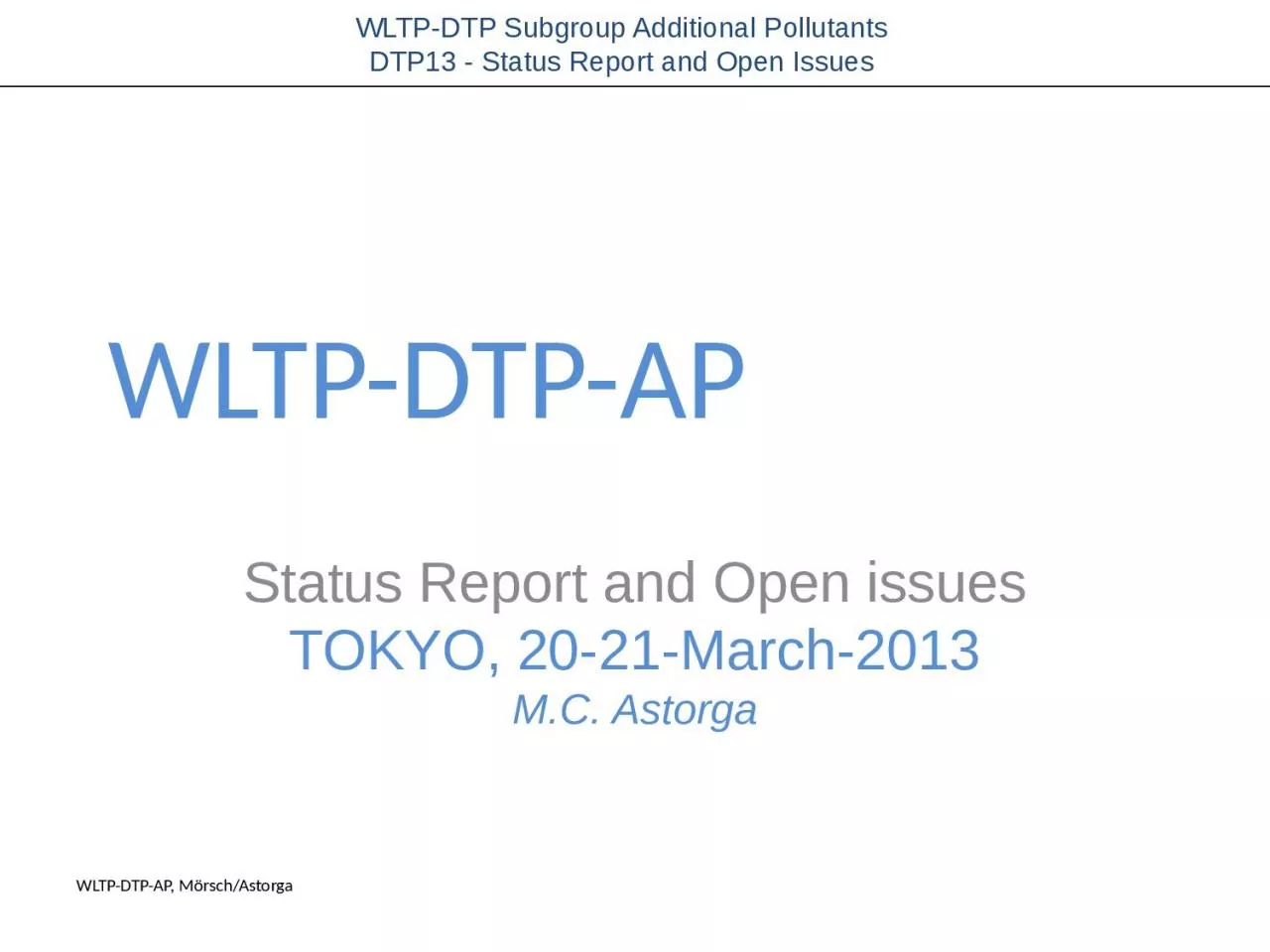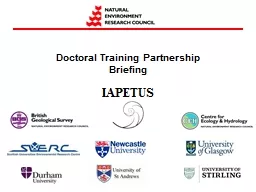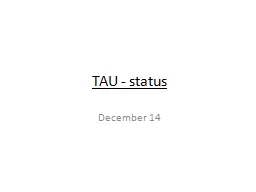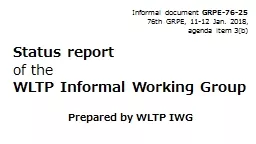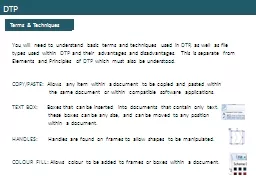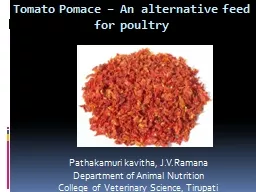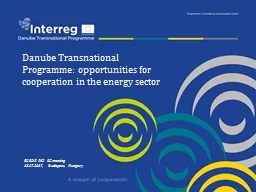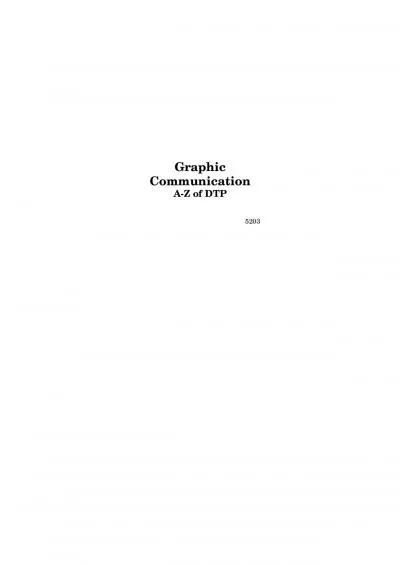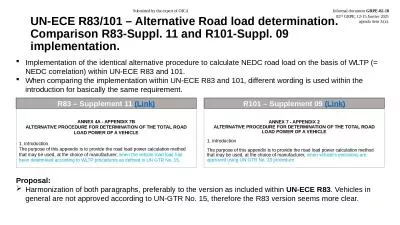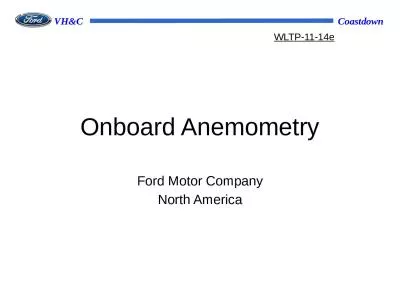PPT-WLTP-DTP-AP Status Report and Open issues
Author : sophie | Published Date : 2024-02-09
TOKYO 2021March2013 MC Astorga WLTP DTP Additional Pollutants subgroup Title AP Subgroup 14th Meeting Meeting minutes Date March 0708 2013 Location JRC Ispra
Presentation Embed Code
Download Presentation
Download Presentation The PPT/PDF document "WLTP-DTP-AP Status Report and Open issue..." is the property of its rightful owner. Permission is granted to download and print the materials on this website for personal, non-commercial use only, and to display it on your personal computer provided you do not modify the materials and that you retain all copyright notices contained in the materials. By downloading content from our website, you accept the terms of this agreement.
WLTP-DTP-AP Status Report and Open issues: Transcript
Download Rules Of Document
"WLTP-DTP-AP Status Report and Open issues"The content belongs to its owner. You may download and print it for personal use, without modification, and keep all copyright notices. By downloading, you agree to these terms.
Related Documents

